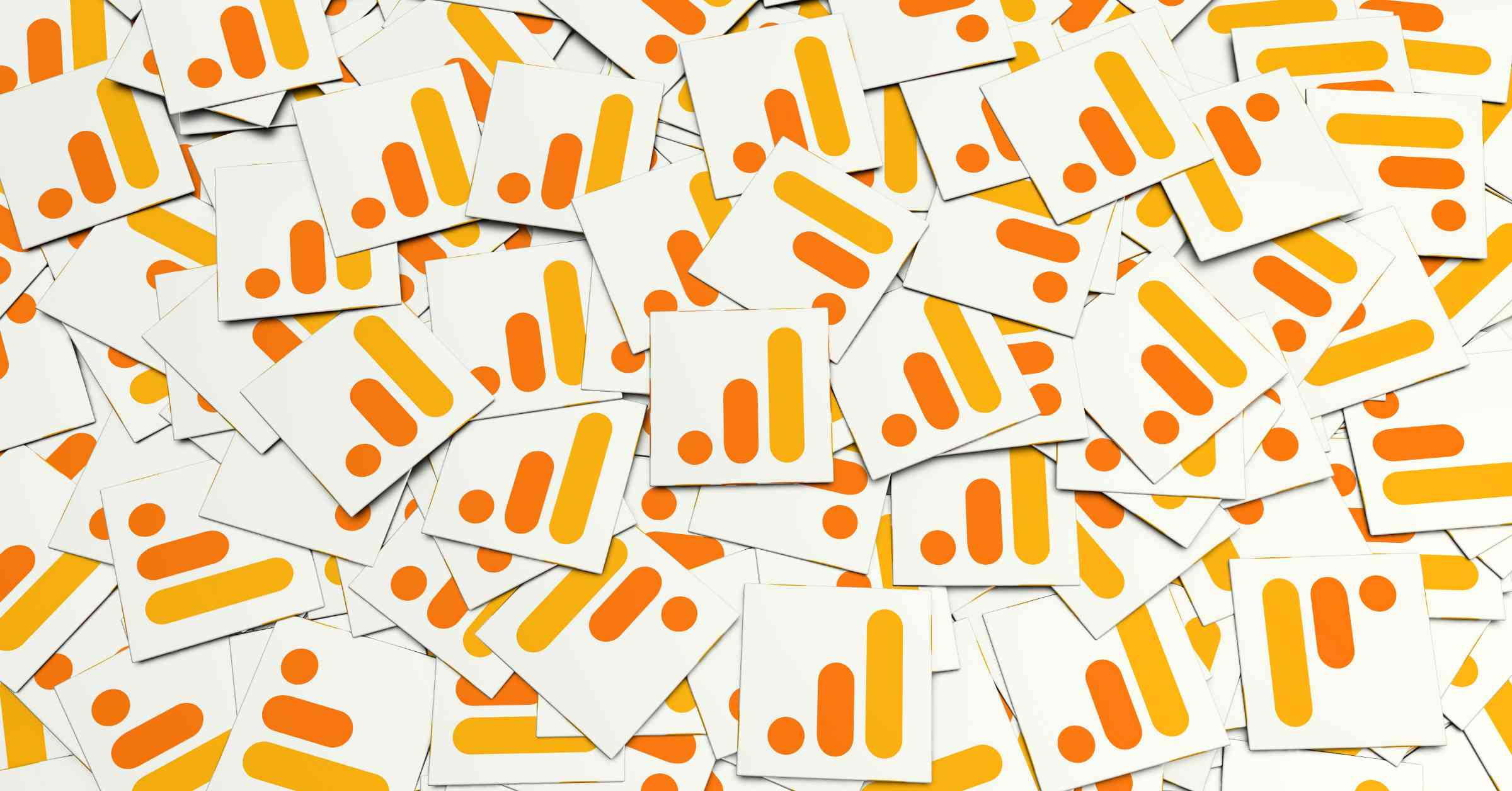
When it comes to uncovering the true art behind a successful advertising campaign, it’s not all in the cutting-edge graphics an agency has designed for you, or in the A-list influencer you’ve hired to star in a video.
Those are components that will certainly help your advertising campaign, but what actually reels in a viewer, hones in on your audience, and creates lasting impressions is rooted in the power of persuasive advertising.
Persuasive language is important in advertising because it helps your audience to understand why they need your product. This method is about creating a desire for change from your target audiences’ status quo, and it encourages your audience to take action by investing emotionally (and financially!) in your product or service.
Persuasive advertising is subtle but effective. And like most things; before you can master it, you have to first understand what it actually is.
What is Persuasive Advertising?
The goal of persuasive advertising is to attract the attention of the target audience. This is achieved by using emotion, logic, credibility, and ethics to trigger a response from the audience.
Persuasive Advertising vs. Informative Advertising
Informative advertising might tell an audience why they should buy a product—usually by listing some or all the product’s features. While this approach provides useful information, it’s not always particularly memorable or exciting.
With persuasive advertising, compelling language is put to use to invoke emotional responses in an audience. Persuasive advertising has the power to make people feel like they’re missing out if they don’t buy the product and propels them to act now.
What Are the Tools of Persuasion in Advertising?
Persuasive advertising is a method that comes with a hefty toolbox at your disposal. No matter what you want to accomplish with your advertising, you’ll probably find there is a tool for the job. Consider putting a few of them into practice.
Repetition-Break – This is using a few repetitive sequences followed by a deviating event or a break that is different from the previous sequences. Using the element of surprise, the deviating event causes the audience to pay more attention.
Shock – Using shock can be one of the most effective advertising techniques in grabbing your audiences’ immediate attention. Use sparingly, though, because repeated employing this method dilutes shock value.
Humor – Comedy makes ads much more memorable. People are more likely to recall something that made them smile or laugh than something that was only informative. Comedy can help to make messages more shareable too, because people like to retell a joke or spread humor.
Other Tools – Celebrity endorsements, music, colors, product placements, and romance are all great persuasive tools to keep in mind.
What Are the Types of Persuasive Advertising Techniques?
You now know some of the tools available, but how do you apply them? You can use several persuasive advertising techniques in tandem with your chosen persuasive language tools.
- Authority – I’m an expert/important person. Therefore, you should listen to me.
- Reason – Here are the facts to back up my story.
- Emotion – You will feel good/bad if you do/don’t do this.
- Trust – Believe me, I’m trustworthy!
- Average person – I’m just like you.
- Bandwagon – We’re all doing it. You should too!
- Rhetorical questions – Who wouldn’t want to do this?
- Repetition – I’ll tell you, tell you again and then tell you that I told you.
If you get the combination of tools and techniques right, persuasive advertising can be effective in powering emotional responses and reactions in your target audiences. So, which advertising technique will you be using?


